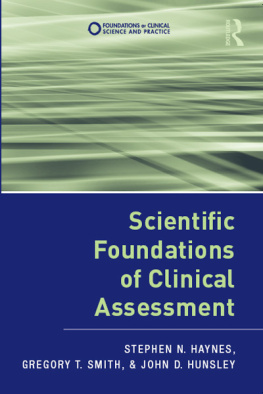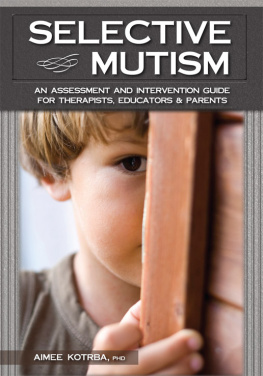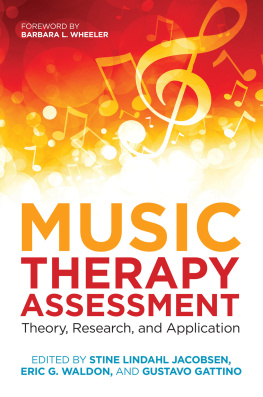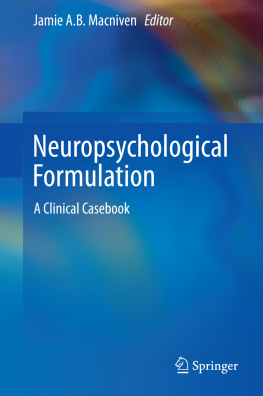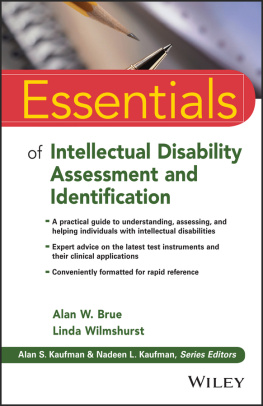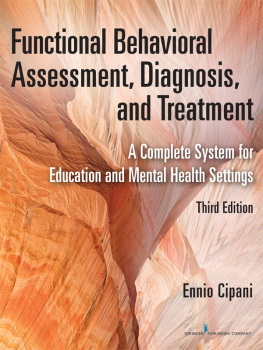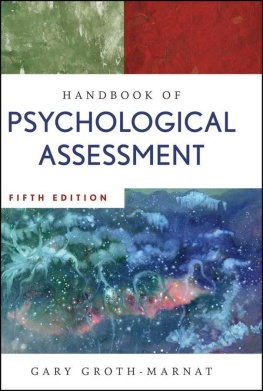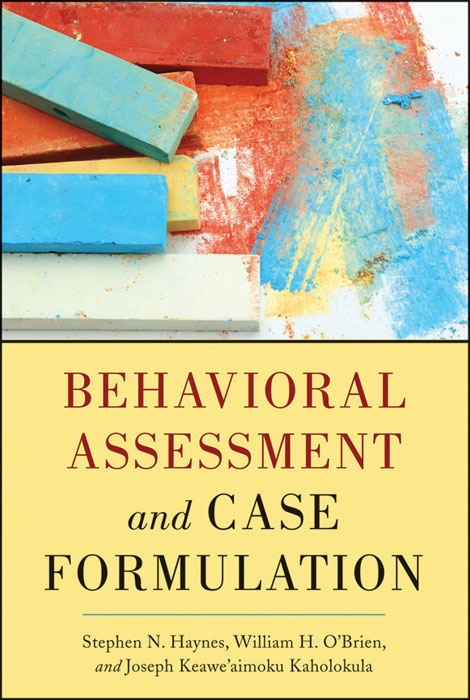This book is printed on acid-free paper. 
Copyright 2011 by John Wiley & Sons, Inc. All rights reserved.
Published by John Wiley & Sons, Inc., Hoboken, New Jersey.
Published simultaneously in Canada.
No part of this publication may be reproduced, stored in a retrieval system, or transmitted in any form or by any means, electronic, mechanical, photocopying, recording, scanning, or otherwise, except as permitted under Section 107 or 108 of the 1976 United States Copyright Act, without either the prior written permission of the Publisher, or authorization through payment of the appropriate per-copy fee to the Copyright Clearance Center, Inc., 222 Rosewood Drive, Danvers, MA 01923, (978) 750-8400, fax (978) 646-8600, or on the web at www.copyright.com . Requests to the Publisher for permission should be addressed to the Permissions Department, John Wiley & Sons, Inc., 111 River Street, Hoboken, NJ 07030, (201) 748-6011, fax (201) 748-6008.
Limit of Liability/Disclaimer of Warranty: While the publisher and author have used their best efforts in preparing this book, they make no representations or warranties with respect to the accuracy or completeness of the contents of this book and specifically disclaim any implied warranties of merchantability or fitness for a particular purpose. No warranty may be created or extended by sales representatives or written sales materials. The advice and strategies contained herein may not be suitable for your situation. You should consult with a professional where appropriate. Neither the publisher nor author shall be liable for any loss of profit or any other commercial damages, including but not limited to special, incidental, consequential, or other damages.
This publication is designed to provide accurate and authoritative information in regard to the subject matter covered. It is sold with the understanding that the publisher is not engaged in rendering professional services. If legal, accounting, medical, psychological or any other expert assistance is required, the services of a competent professional person should be sought.
Designations used by companies to distinguish their products are often claimed as trademarks. In all instances where John Wiley & Sons, Inc. is aware of a claim, the product names appear in initial capital or all capital letters. Readers, however, should contact the appropriate companies for more complete information regarding trademarks and registration.
For general information on our other products and services, please contact our Customer Care Department within the United States at (800) 762-2974, outside the United States at (317) 572-3993, or fax (317) 572-4002.
Wiley also publishes its books in a variety of electronic formats. Some content that appears in print may not be available in electronic books. For more information about Wiley products, visit our website at www.wiley.com .
Library of Congress Cataloging-in-Publication Data:
Haynes, Stephen N.
Behavioral assessment and case formulation / Stephen N. Haynes, William H. OBrien, Joseph Keaweaimoku Kaholokula.
p. ; cm.
Includes bibliographical references and index.
ISBN 978-1-118-01864-4 (alk. paper); 978-1-118-09976-6 (eMobi); 978-1-118-09977-3 (ePub); 978-1-118-09975-9 (ePDF)
1. Psychodiagnostics. 2. Behavior modification. I. OBrien, William Hayes. II. Kaholokula, Joseph Keaweaimoku. III. Title.
[DNLM: 1. Mental Disordersdiagnosis. 2. Behavior. 3. Mental Disorderstherapy. 4. Personality Assessment. WM 141]
RC473.B43H39 2011
616.89075dc22
2011008895
To Megumi
S. H.
To my parents Patricia Hayes OBrien and William John OBrien, who blended heart and science and my brothers, Daniel, Timothy, Michael, and Joseph OBrien, who taught creative thinking and how to take a punch
W. H. O.
A Hawaiian proverb states, Aohe pau ka ike i ka hlau hookahi (not all knowledge is obtained from one school). To my parents, Lawrence and Beverly Kaholokula, whose schooling set a solid foundation. To friends and family, whose schooling is lifelong.
J. K. K.
Preface
Clinicians face many challenges in the clinical assessment process. Several questions of particular importance arise: What is the best assessment strategy to use with a particular client? What assessment methods will best capture a clients unique strengths, limitations, behavior problems, and intervention goals? How can data from multiple sources be integrated in order to yield a valid and clinically useful case formulation? What procedures should be enacted in order to ensure a positive clinician-client relationship and be sensitive to the unique aspects of each client? How should intervention processes and outcomes be monitored?
Behavioral assessment is a science-based paradigm that guides the clinician as he or she faces these assessment challenges. This book outlines the underlying principles of the behavioral assessment paradigm. It also provides guidelines for the application of behavioral assessment strategies and methods that can strengthen the validity and utility of clinical judgments.
In Chapter 1, we discuss behavioral assessment within the broader contexts of clinical and psychological assessment and measurement. Although we emphasize clinical applications of behavioral assessment, the principles and methods of this paradigm are important elements of measurement in psychopathology, education, organizational psychology, cognitive neuroscience, social psychology, and other areas of inquiry that rely on behavioral data.
We emphasize a science-based approach to clinical assessment. Without a scientific foundation, clinical judgments are more likely to be incomplete, less informative, and/or invalid. As a result, clients are less likely to receive optimal intervention benefits. Throughout the book we draw attention to the importance of (a) the client-clinician relationship; (b) being sensitive to the cultural and other unique aspects of a client; (c) the role of the clinician as a behavioral scientist; (d) using methods that can reduce biases in assessment and clinical judgments; (e) using a constructive and positive orientation in the assessment process; (f) using multiple assessment methods, instruments, contexts, and informants to enhance the validity of clinical judgments; (g) using time-series assessment strategies throughout the assessment process in order to evaluate changes in behavior over time; (h) including observation methods in clinical assessment; (i) using measures with strong psychometric evidence appropriate for the client; (j) using measures that are sensitive to change; (k) specifying the key dimensions of behavior problems beyond those associated with a diagnosis; (l) assessing functional relations associated with client behavior problems and goals; and (m) considering the influence of broader contextual and social systems factors that may be affecting a client.
In Chapter 2 we introduce the functional analysis as a paradigm for clinical case formulation. The functional analysis is a product of behavioral assessmentthe integration of important, modifiable, causal variables and causal relations associated with a clients behavior problems and intervention goals. A clinical case is used to illustrate the applications of behavioral assessment methods and to show how data obtained in the assessment process can be integrated into a functional analysis. Functional Analytic Clinical Case Diagrams (FACCDs), which are causal diagrams of a functional analysis, are also introduced. The functional analysis and FACCD are designed to parsimoniously communicate the functional analysis to others, as an aid in teaching case formulations, and to assist in selecting the most cost-beneficial intervention focus with a client. We also examine assessment contexts that affect the cost-benefits of the functional analysis.


